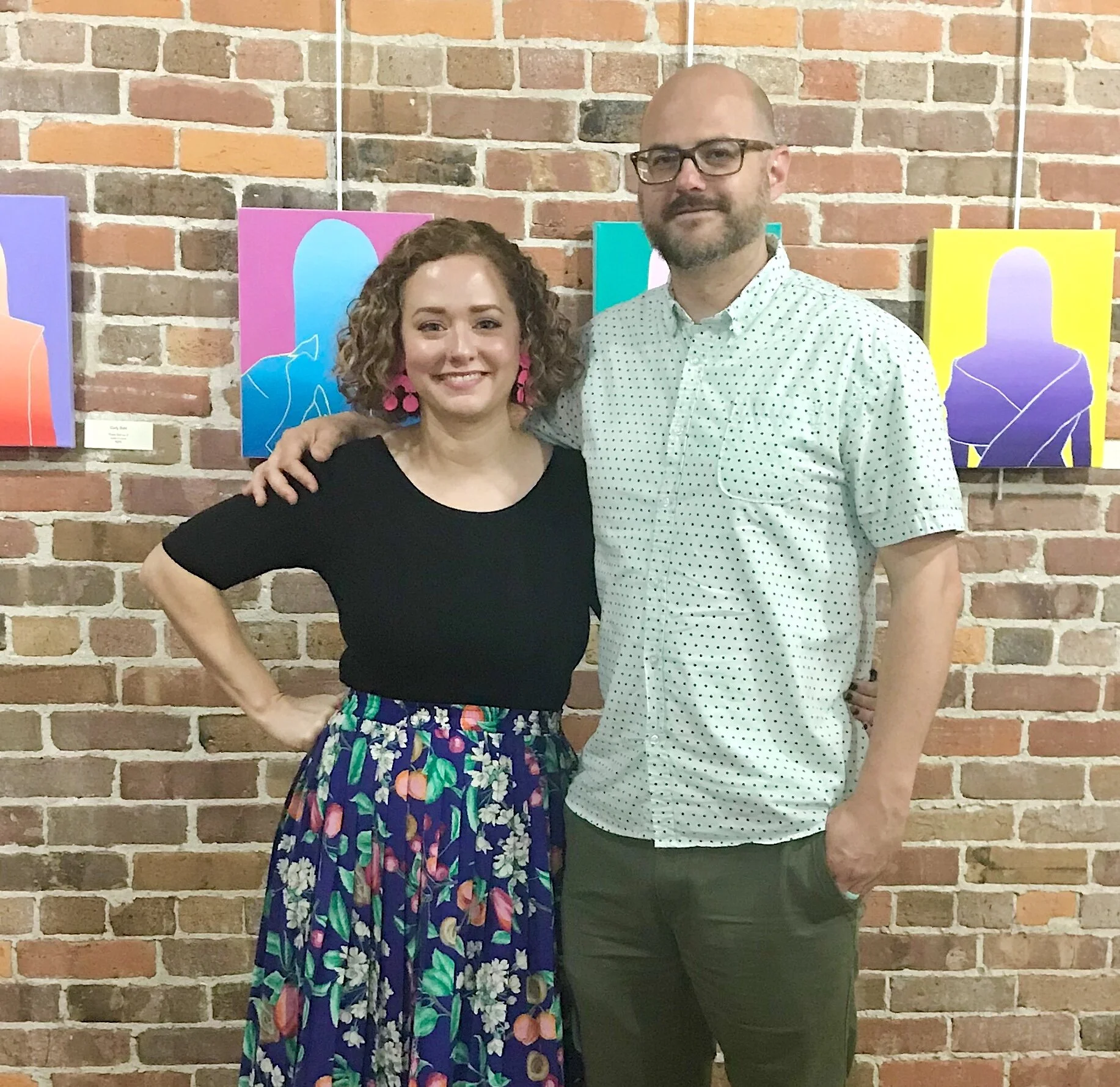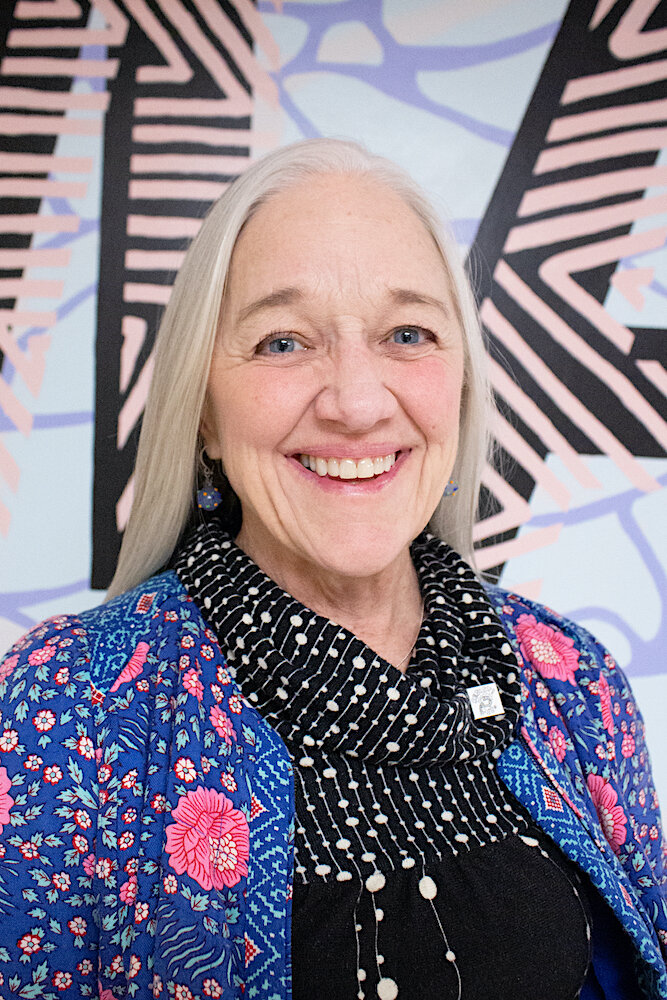Interview with artists Carly Dahl and Dustyn Bork
Dustyn Bork and his wife, Carly Dahl moved from Michigan to Batesville, Arkansas 10 years ago. Dustyn earned a Bachelor of Fine Arts from the University of Michigan and a Master of Fine Arts in Printmaking from Indiana University. He is Professor of Art at Lyon College. Carly earned a Bachelor of Fine Arts from the University of Toledo and has been the Executive Director of the Batesville Area Arts Council since 2015. Both are accomplished artists and dedicated to nurturing young artists and promoting the arts throughout Arkansas. They have two children, Eddie (Paige) and Aiden. Carly’s work can be viewed at @carlydahlart on Instagram and Dustyn’s work can be viewed at his website and at Justus Fine Art Gallery in Hot Springs, Arkansas.
AAS: Where did the two of you meet? What brought you to Batesville, Arkansas?
DB: A teaching gig at Lyon brought me to Batesville ten years ago. I feel like we rolled the dice and gave it a chance. We discussed giving Arkansas a year or two, and here we are a decade later two artists gainfully employed and living our best lives in a small town.
CD: Dustyn and I met in Toledo, Ohio, but are from the same small town of Monroe, Michigan.
AAS: Carly, you are very involved in the Batesville Area Arts Council. Would you talk about the Council and its Arts in Education Program [and anything else you want to talk about]?
Alteration no. 1, solvent transfer and graphite on paper, 14” x 11”
CD: I am the Executive Director of the Batesville Area Arts Council, a 501 c3 non-profit organization dedicated to providing learning opportunities and experiences through promotion of the arts. BAAC provides art opportunities and experiences for our community each year by offering a variety of programs and activities. BAAC partners with both Batesville and Southside School Districts to provide the Arts In Education program, which brings highly qualified artists into the schools. School administrators, teachers, and staff work together to integrate art education through core curriculum areas. The AIE program is supported in part by the Arkansas Arts Council, which is an agency of the Arkansas Department of Heritage and the National Endowment for the arts. BAAC also organizes community events such as seasonal Art Walks and Artoberfest, a free annual arts and music festival that started in 2016.
AAS: What is the art scene like in the Batesville area? Who are the up and coming young artists to watch for?
CD: Working in a gallery has given me the opportunity to meet and work with many talented local and regional artists. Arkansas has a great artist community and we’ve made a lot of great friends and connections over the years. I like seeing how some of my artist friends are staying creative during the pandemic. Both Sigrid Lorfing (Russellville) and Kori Bowers (Fayetteville) have been creating beautiful digital work that is worth checking out.
DB: There are so many great artists in Arkansas. I tend to think of the arts scene as more comprehensive than just limited to geographic areas. I have felt welcomed by fellow Arkansas artists and the art scene is encouraging and inspiring. A few of my recent Lyon grads are still in the area and making things happen for themselves. Keep an eye out for these artists and some of my current students (there are too many to list). One of my favorite up and coming artists in Arkansas is Markeith Woods, he is from Pine Bluff and currently attending the MFA program at University of Arkansas. He is a talented painter and actively uses his voice as a young Black artist to educate audiences.
AAS: The Council’s gallery space has recently been renovated and is hosting the 8th Annual National Juried Exhibition. There are wonderful pieces in the show, and it can be viewed online. Are there plans to open up the gallery and show in the near future?
CD: The BAAC Gallery on Main, 226 E Main Street, is now open to the public during our regular hours of Tuesday through Friday 10 am to 4 pm and Saturday: 10am to 2pm. The gallery was acquired and renovated in 2014 and hosts between seven to nine exhibitions each year, consisting of local and regional work, along with the annual National Juried Exhibition. The 2020 BAAC National Juried Exhibition, on display through August 1, 2020, was juried by artist Eric Freeman, and consists of 21 pieces from 19 artists across the United States. We are currently accepting applications for the 2021 exhibition schedule. Those interested should visit batesvilleareaartscouncil.org for more information.
DB: The exhibition space is beautiful at the gallery, it is a gem of a space to showcase artists.
AAS: Dustyn, the Art Department at Lyon College offers many course options for its students. How has the program evolved over the years and where do you see art education going?
Shaped no. 1, acrylic on shaped panel, 32” x 26”
DB: One of the aspects I have really focused on, since arriving ten years ago, is student outcomes. I know a lot of young artists and their families are concerned about the future and their livelihood. We have had quite a bit of success placing students into great graduate programs like Cranbrook, Florida State University, Indiana University, and Paris College of Art in recent years. Our alumni have also landed impressive gigs in museums, galleries, marketing, teaching, and as studio artists. One of the curriculum additions that I am most proud of and is the most visible is our murals program. This program has added ten colorful murals in our community and has provided our students the opportunity to learn the history, technique, and business aspects of murals. A couple of our first students in this program have now gone on to do their own murals in Arkansas, Missouri, and California. This teaches them applicable and transferable skills that can be very lucrative, plus I like the potential for community involvement and engagement with these works. Art doesn’t just happen in a vacuum in the studio, there is a chance for murals, prints, and other forms of art of raising public awareness and getting your message out there.
AAS: Is the gallery Lyon College Kresge Gallery primarily a showcase for student art or does it also host individual artists?
DB: The Kresge Gallery features three student exhibitions each year: the annual student juried exhibition and two senior thesis exhibitions spotlighting our senior art majors' work. Throughout the year, we also feature solo exhibitions of regional and national artists’ work such as Delita Martin, Dan Hernandez, Jen Blazina, and Tessa Davidson.
AAS: You are certainly a great role model for your students. You have participated in Artist-In-Residence programs in the US and Europe and have exhibited throughout Arkansas and beyond. What are those experiences like?
“Getting out there as an artist is a refreshing experience, it’s a great way to hone my practice and meet other like minded people.”
DB: I try to model best practices for my students on how to be a professional artist. It’s a process of putting my words of advice into action. I have found exhibiting my work and participating in artist residency programs serves as a “how to” manual for students. It also opens up doors for them. Getting out there as an artist is a refreshing experience, it’s a great way to hone my practice and meet other like minded people. It helps keep the artwork from getting stagnant as well, to gauge the success with an audience. Art productivity can come and go and ideas definitely ebb and flow. Residencies offer the time and space to thoroughly immerse yourself in your work. They have helped me to find a balance between generating new ideas and how to focus my energies in a productive way. Plus I have been very fortunate to get the opportunity to travel to some amazing places and meet awesome people as a result.
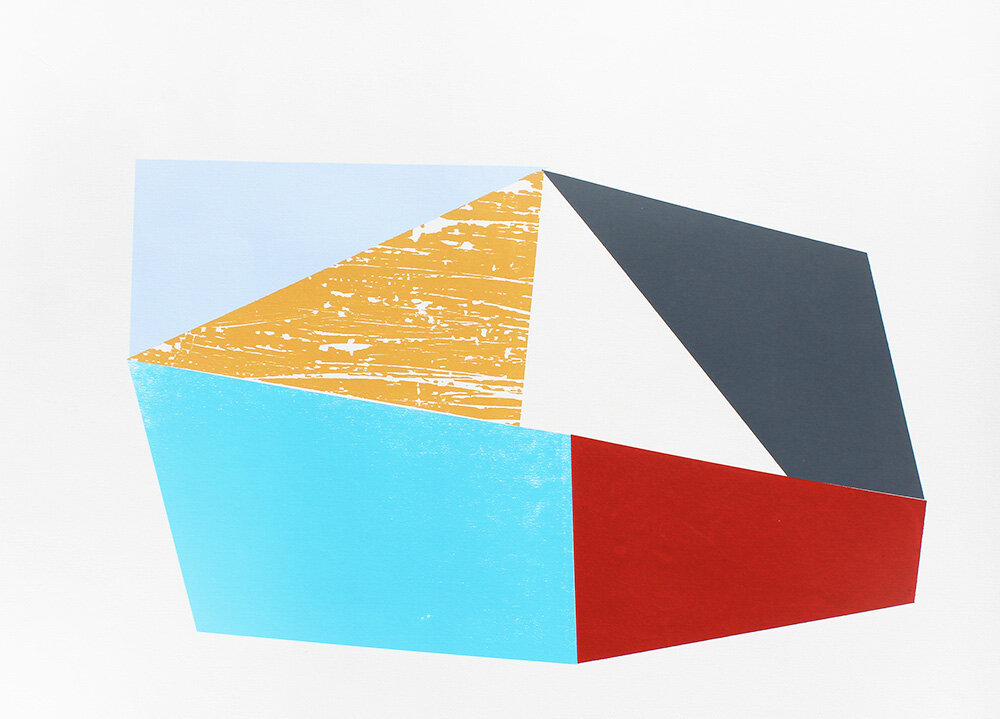
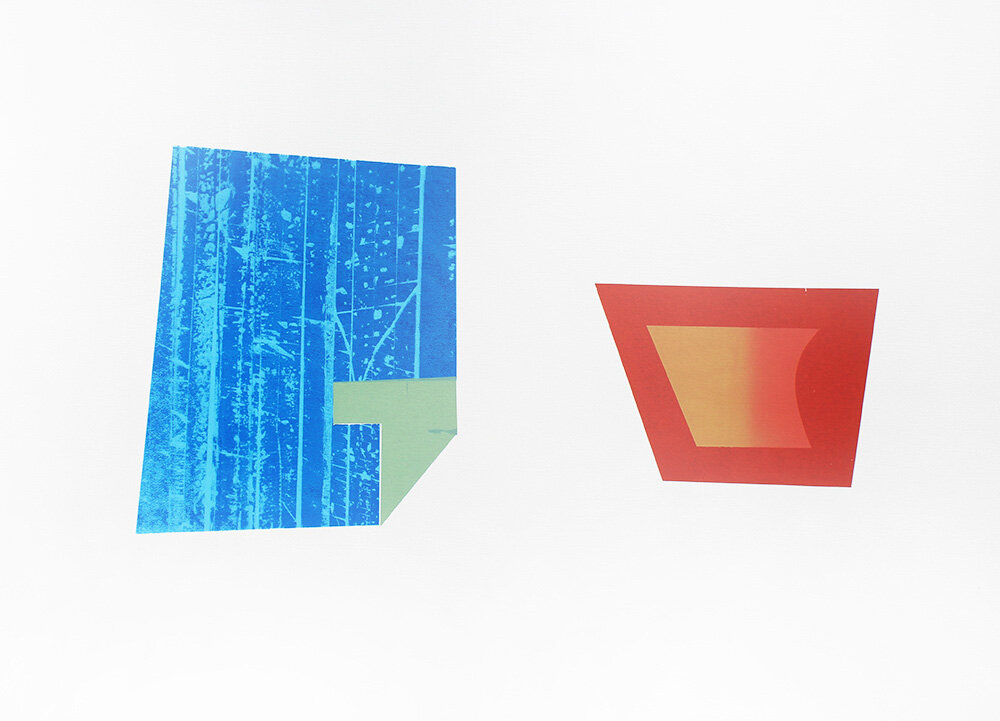
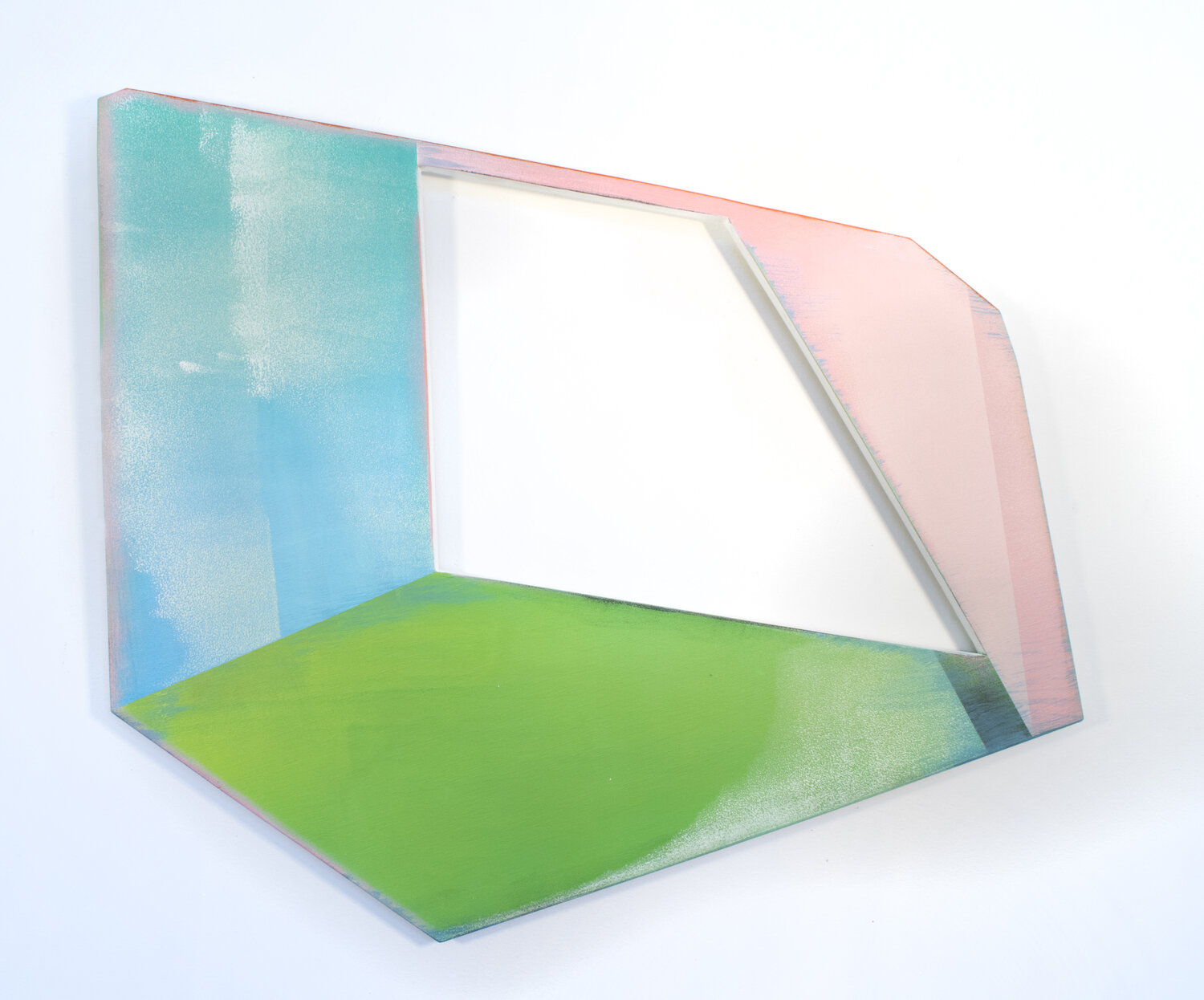
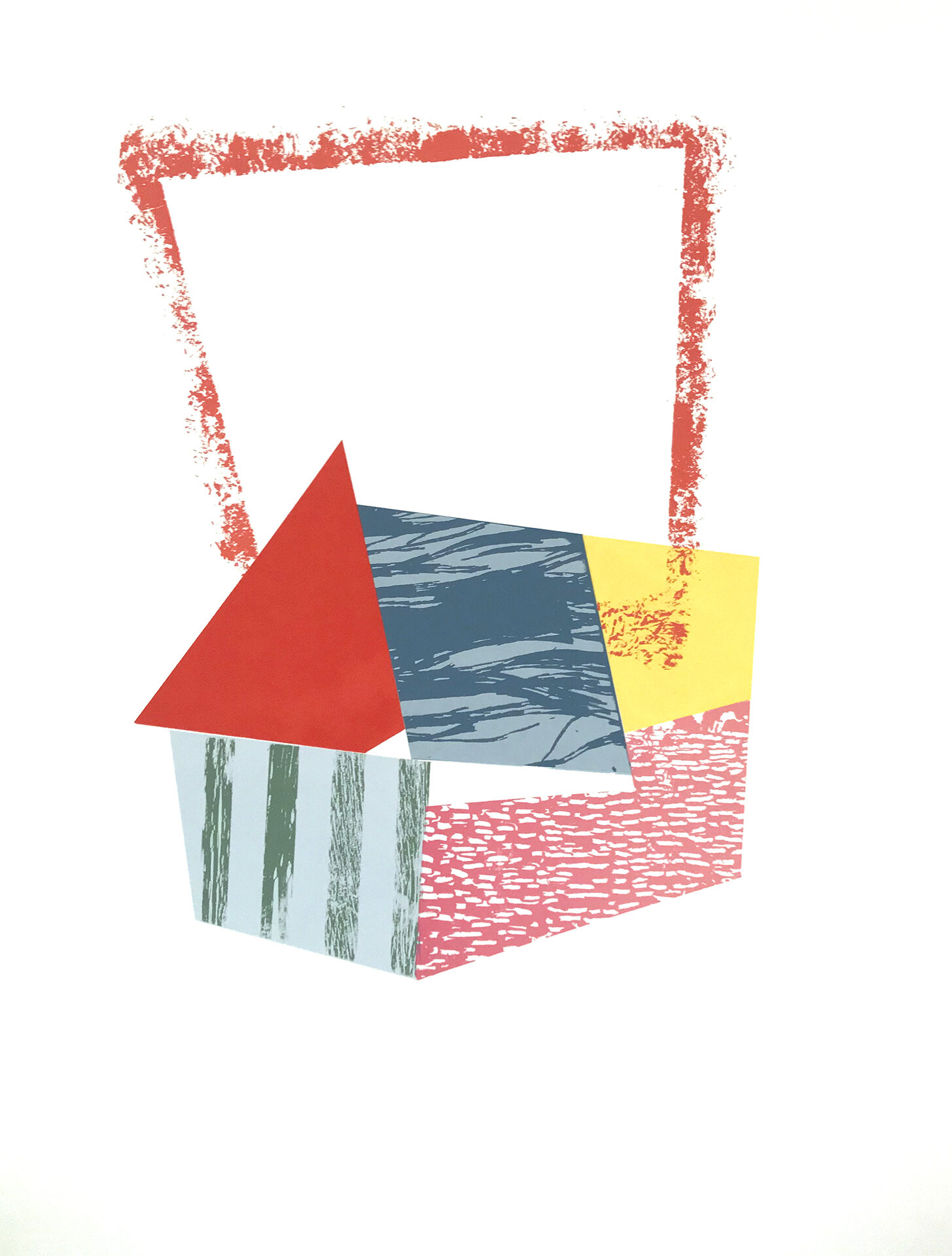
AAS: Both of you have been very involved in the art journal Number, Inc. It seems like a wonderful venue to showcase regional art.
DB: Number, Inc. is an awesome resource for artists and art patrons in the mid-south. It has a great mission and I truly enjoyed serving on the board and the editorial staff. I am always encouraging others to get involved, there are not too many arts journals left that offer such a great platform for critical discourse and that pay their writers.
AAS: Carly would you talk about your Cover Girl and Wallflower series? They are distilled, powerful images.
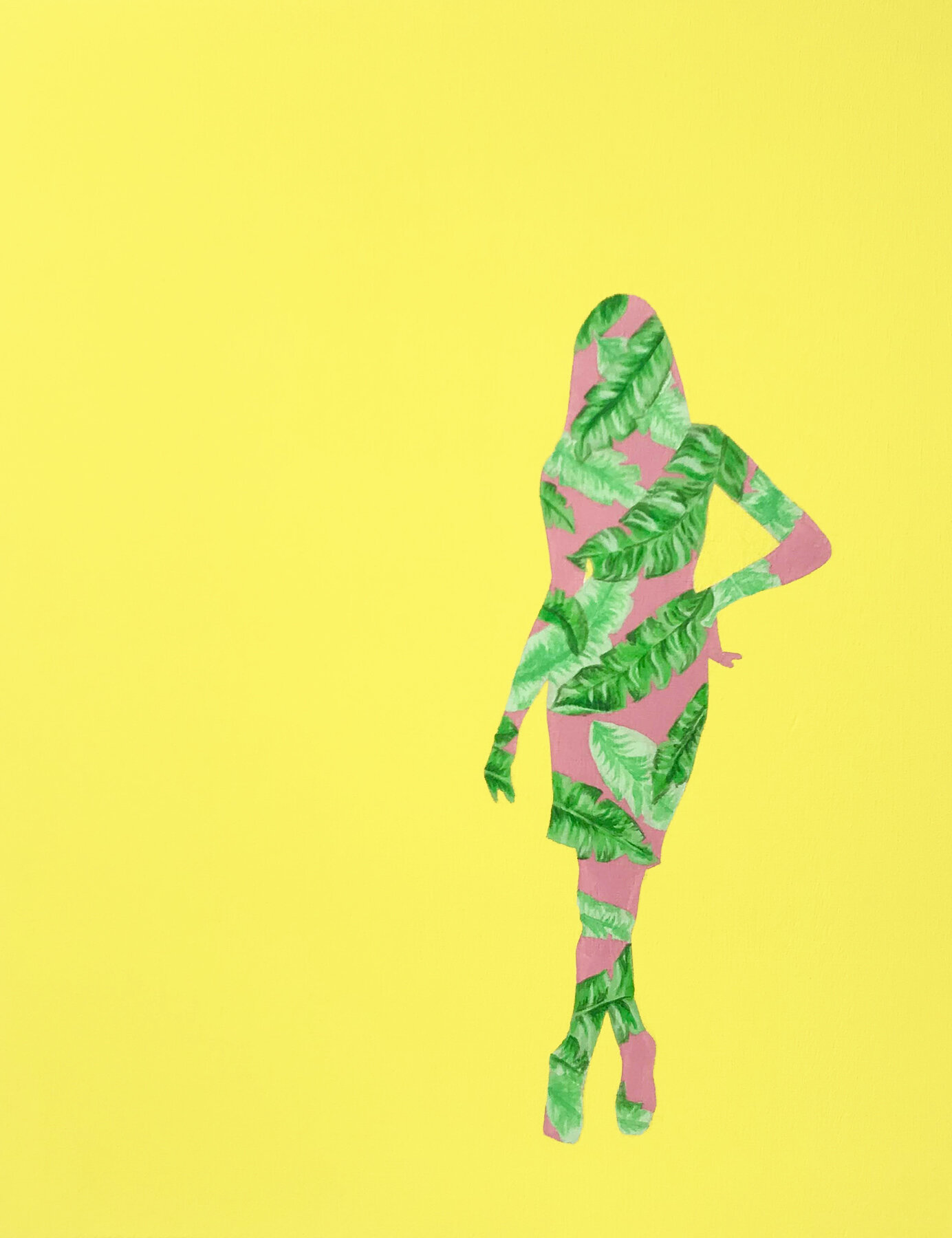
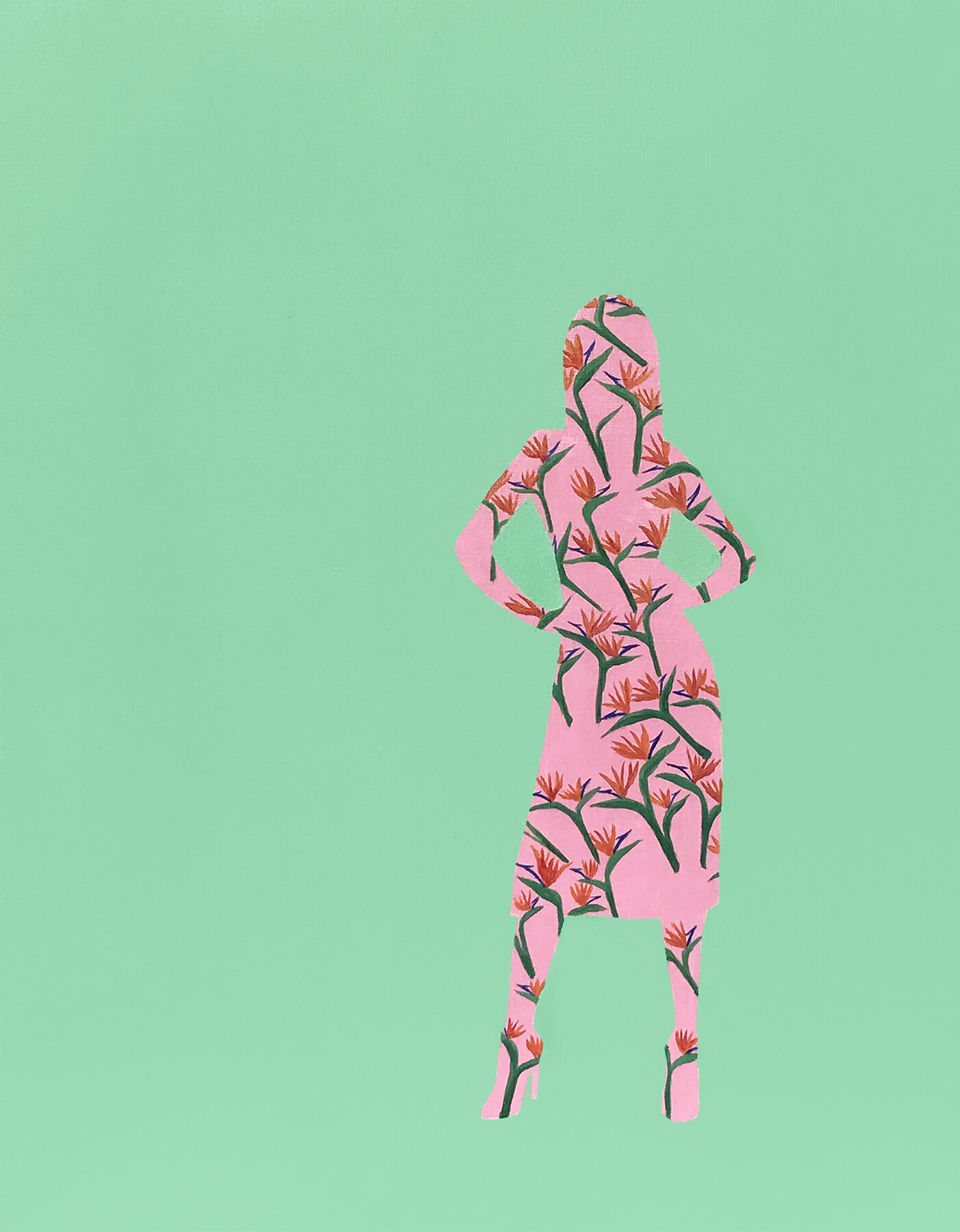

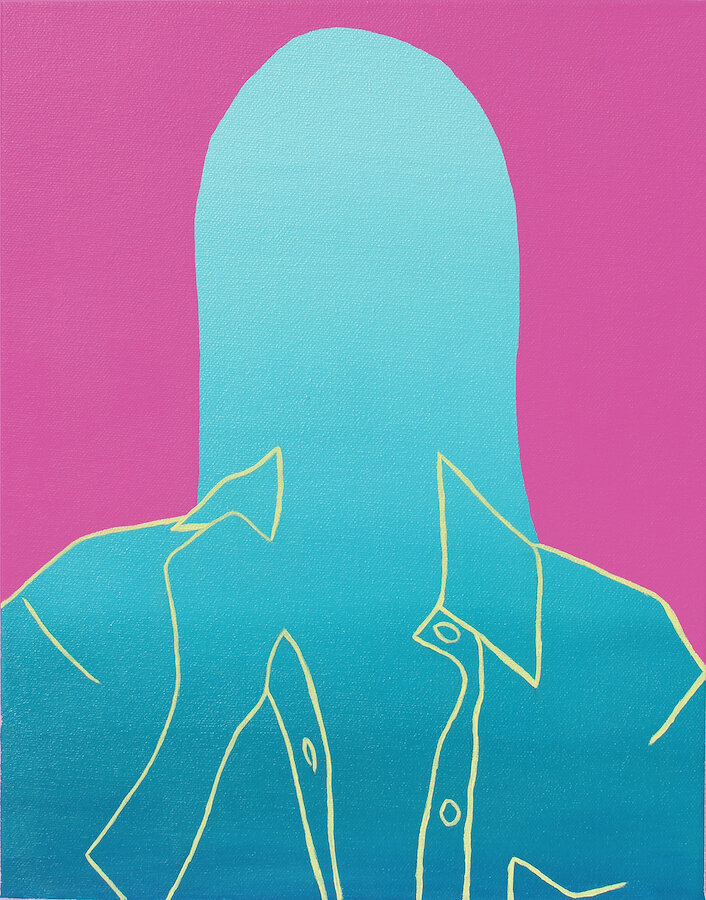
CD: My work focuses on the ideas and ideals of beauty and unattainable representations of women in society. The “perfect” figures within the artwork symbolize the distorted Western standards of beauty and expectations of how women should behave. I use appropriated images and figures from fashion magazines in all of my work. The “Cover Girl” series features models drawn from the covers of Vogue magazine. This is an important element within my work, as much of the unrealistic expectations for women stem from fashion and their depictions. The paintings feature blank faces so that the women represented could potentially be any person, and the viewer can project themselves or others onto the figures. Similarly, the Wallflower series uses models pulled from the pages within Vogue magazine, using just the silhouette filled with hand painted tropical and floral patterns.
Each of my series draws on color inspiration from the season in which they are created, similar to how fashion trends change with each season. The “Wallflower” series was inspired by spring, and the bright color combinations in the “Cover Girl” paintings are inspired by summer.
Monarch no. 1, acrylic and gouache on wood panel, 24” x 18”
AAS: I especially love Monarch no. 1. It is mysterious, but I bet we all know someone who would like to try to pull off that look. What was the inspiration for that piece?
CD: The Monarch series also draws inspiration from Vogue magazine covers. Monarch no. 1 was inspired by the September 2018 issue featuring Beyonce. I’ve found a few issues that feature a model or actress in a large flower headpiece to continue this series. The title of the series references the monarch as both a queen and a butterfly in relation to the flower crown.
DB: And Bey is definitely a queen and a force to be reckoned with.
AAS: Dustyn, you describe your works as examining the contrasts of old with new using architectural shapes. What is it about minimalism that inspires you?
DB: I once was a maximalist, anything and everything should be allowed as an abstractionist. However, as I mature as an artist, I have found that ‘less is more’ applies to harmony in two-dimensional art as much as it does modernist architecture. When I look around in the built and constructed environments I am always struck by the aesthetics of old buildings in contrast with new. We have a double standard for the restoration of buildings in a certain timeline. About a hundred years ago, many downtown buildings were refaced with new facades, and now as they are restored it creates a dilemma. Do we ‘restore’ it to its original or the slickest incarnation? I personally, like when buildings are allowed to age naturally, like an organic process. In my work I heighten the contrast between old and new. So you might catch a glimpse of an architectural form from the 19th century beside a mid century patina.
Shaped no. 3, acrylic on shaped panel, 28” x 28”
AAS: Your color palette is striking and not what one would immediately associate with the minimalist art of the 1960’s and 1970’s. I like the way your color and texture communicate, in an almost conflicting way, the potential beauty in decay.
DB: Thank you. I appreciate your kind words. That is essentially the challenge I give myself in the studio, quote colors and textures from architectural sources, but present them in a new context. I enjoy the fleeting aspect of color and how subjective it can be. I have focused on the study of color harmony and theory for the past twenty years. I understand the power and yet subjectivity color can hold. I also like to abandon the rules to strike a balance between intuitive and researched color choices. In that way Matisse will always hold a special place in the canon for me. If you look at a painting of his like “Portrait of Madame Matisse (The Green Line)” he knew exactly what he was doing with color. It was contrived and derived from a formulaic system, in this case split complements to create a pleasing arrangement of colors. However, it appears to be otherworldly, and is nonsensical to describe the figure, it creates a jarring effect and takes no prisoners in its ability to shock. I often try to imitate Matisse in my work as well as Josef Albers, Rothko, and Helen Frankenthaler.
AAS: I think fasade 1 is an amazing piece. You completed it while an Artist-In-Residence at the Mark Rothko International Painting Symposium in Latvia in 2019. Would you talk about that experience?
fasãde (Facade) no. 1, acrylic on canvas, 48” x 48”
DB: That was a dream come true experience. Rothko is my hero as an artist. He lived his work and made his paintings into experiences that you could feel. When I stand in front of one of his works it is like “chromatherapy”. There is no mimesis in his work, just the phenomenon of color. I was fortunate to be one of ten artists globally to participate in the 15th Rothko Painting Symposium in 2019. I worked and lived in the birthplace of the modern master. The Rothko Art Center is an amazing museum in Daugavpils, Lativa and it is in a 19th century renovated fortress. The architecture in the fortress and the community is amazing. I rarely use yellow in my work, but it was all around, it seeped into my consciousness and then found its way into my work. The residency program there is amazing, you sleep in an apartment above the museum, and the studios are spacious and naturally lit in beautiful barrel vaulted halls. I literally slept above the Rothko paintings. They fed us amazing Latvian food in the museum restaurant three times a day and generally treated us like royalty. Opportunities like that really help to feel inspired and I was very productive in the three weeks. I made a series of 20 small works on paper, about 30 collages, and five large paintings in the “fasades” series. Four of which (no. 1 included) became part of the permanent collection at the Rothko Art Center. It was truly an amazing experience, that I am still reeling from.
AAS: You both have had many solo exhibitions and even several together. Would you talk about how important exhibitions are for artists? What is it like being in an exhibition together?
CD: I find that as an artist I need a deadline to push my work forward. I work best under pressure, so the exciting opportunity of an exhibition helps to motivate me to stay active in my studio, working on a cohesive body of work. I think Dustyn’s work fits well with mine in a gallery setting. We use a lot of similar colors and patterns within our work that complement each other, without competing. One of my favorite exhibitions was “Memphis Connections,” at Marshall Arts in Memphis, TN. This was a group exhibition that paired artists together to collaborate, which was surprisingly the first and only time Dustyn and I have collaborated on a series of paintings. This is something I would like to explore again in the future.
“When you get to share that experience with your soulmate and love of your life, well I don’t think it can get any better than that.”
DB: Exhibitions are a great inspiration and way to keep you honest as an artist. I can think of no greater motivator to get work done then to have the deadline of an exhibition. I have been truly blessed to be in an artist relationship. We really push each other to make better work and to celebrate each other's accomplishments. Our works are related and to show together is an awesome experience. One of my favorite shows we did together was at the Thea Exhibition in North Little Rock. The Thea Foundation is an awesome arts resource and the best supporter of the arts in Arkansas. We had their inaugural “Art Department” exhibition. And what a great night it was, we had been working toward the goal for months, they had awesome local live music and signature drinks. It was geared toward young professionals and that demographic has been very supportive and encouraging of our work in Arkansas. We were treated like rock stars that night and I will always cherish it. When you get to share that experience with your soulmate and love of your life, well I don’t think it can get any better than that.
